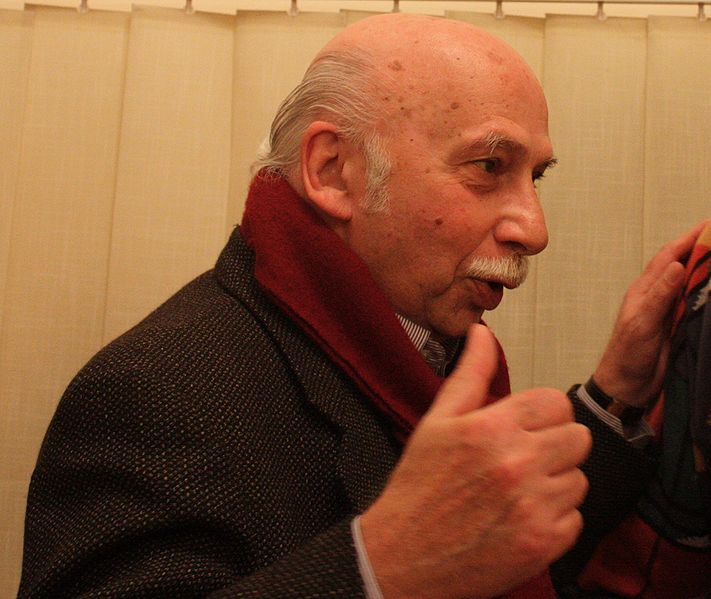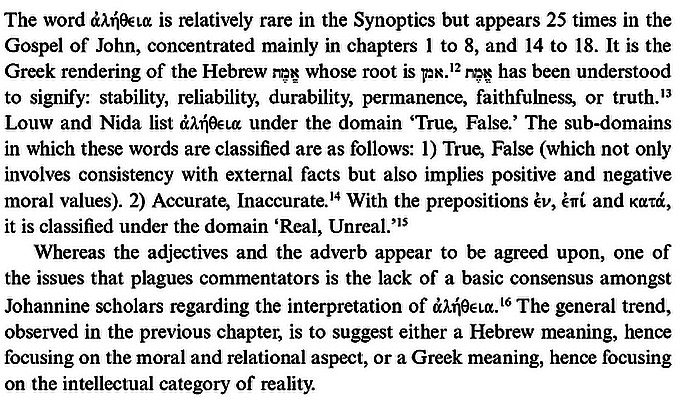
M usic, like life itself, is inconceivable without romanticism. Romanticism is a high dream of the past, present, and future—a force of invincible beauty which towers above, and conquers, the forces of ignorance, bigotry, violence, and evil.”
— Giya Kancheli.
I ’m listening to a recording of Tblisi-native composer Giya Kancheli’s 26-minute-long 1997 Piano Quartet ‘In l’istesso Tempo’ performed by Bridge Ensemble. The consistent pulse and the narrative epicness of it intrigue me. I replay it twice and the complexities and layers that I’d missed on the first listen gradually become more apparent...
G iya Kancheli’s sustained tones build in layers; melodic lines hover like chant, either offered plainly or decorated with trills and turns befitting a liturgical cantor. The mostly-smooth surface gives way to bare plucks, crackling outbursts and grand crescendos with a Romantic sense of drama... The wide-open space of his music stems more from silence than the repetitive structures of minimalism.”
— Aaron Grad, 2009.
A nephew of mine and his fiancé are getting married next month; I think about them as I listen to this ‘In l’istesso Tempo’. GoogleTranslate says ‘in l’istesso tempo’ means ‘in the same body’—which seems poetically fitting, given the line of thought that Kancheli’s piano quartet and its pulse has induced in me. This piano quartet is full of musical artifacts of a healthy intimacy... a kind of transcendence through durability, with the relationship between lovers deepening and diversifying as things change and as time passes. No [Nietzschean?] pre-conception of will-to-power with forces/personalities/resources coming together, pushing and pulling. Instead, a [Heideggerian?] will-to-dwell: mutual, enduring attention and being present for the other, present-in-body and present-in-mind.
A nd a pluralistic view of truth that does not insist on any one voice (partner) being ‘right’ and the other ‘wrong’... a kind of aletheia (ἀλήθεια).
T he Italian tempo designation ‘in l’istesso tempo’ signifies a musical passage where the speed of the underlying pulse does not change, even if the division of the beats within a bar does so. Music written this way can create an impression of stillness.”
— David Lewis.
K ancheli’s enduring pulse—affirms that love is not love that alters when it alteration finds. There is what music cognition researchers would call ‘event-salience’ in these piano quartet rhythms as-written, leading to automatic beat-induction (BI) for the listener/performer. Auto-BI, in turn, leads us to recognize nature—our bodies!—and how out of our control they are! This is no determinism or fate in which we have no choice or in which human free will plays no part; instead, just an important dimension of reality, and one that we’d do well not to ignore. By the time I’ve finished listening to this the third time, I’ve come to regard the quartet’s accomodation of meter to a pervading, faithful pulse as a romantic gesture—an inspiring acknowledgement of constancy and mutual devotion of friendship, marriage, or civil union founded on true love. No idea as to whether that was what Kancheli had in mind, but the notion is plausible, and I am grateful that the music happened to propel my thoughts in this direction. Unexpected effects like this are a big part of why any person likes music, I think.
T he nothingness of the individual, expressed in simple musical ideas, and its relationship to a more meaningful whole lie at the heart of Georgian composer Giya Kancheli’s work, often disconcerting in its profoundly sad take on modern society. The composer’s aesthetic is admirably served on this exceptional ECM disc by performers who appear to share his vision of a world afflicted by destructive turmoil.”
— Andrew Stewart, Music Week.
O ther ‘in l’istesso tempo’ pieces include Elgar’s Enigma Variations, Op. 36, v. 1; or Ginastera’s Variazioni e Toccata sopra Aurora lucis rutilat, Op. 52, vv. 3,5,6; or Rachmaninoff’s Rhapsody on a Theme of Paganini, Op. 43, vv. 1,2,3,6,9,10,14,23. I’ll plan on immersing myself in those on some future evening. Maybe they will lead me further on this path.
B y the way, Artemis String Quartett and pianist Jacques Ammon will be performing at Le Poisson Rouge in NYC on 01-MAY-2012. Their account of Kancheli’s ‘In l’istesso Tempo’ is really superb. Their performance of ‘In l’istesso Tempo’ was positioned in middle of program in last night’s concert in Kansas City and received a standing ovation—which is a pretty uncommon occurrence in mid-program in any performance in any country, you must admit.
A gain and again, with deep regret, we see how alongside obvious achievements of the civilized world we are being worn down. Our planet is being torn apart by bloodshed and antagonisms, and no creative deep is able to withstand that destructive force, which so easily strikes out the fragile means of progress. Taking very close to my heart all that is happening around me, I am trying to express in my music the state I feel in my soul, writing basically for myself, without illusions that ‘beauty will save the world,’ as Dostoyevsky said. That is why my music is more sad than happy, and is addressed more to the lone individual rather than to society. Here you won’t find appeals for striving, equality, or ‘a bright future.’ Most likely, you will find threads of sorrow caused by the imperfection of the world, which keeps disregarding the most horrendous examples in human history. My thoughts are expressed in extremely simple musical language, and I hope that the audience ... will not mistake my deliberate simplicity for what, in my opinion, is the most dangerous phenomenon: indifference.”
— Giya Kancheli.
- Giya Kancheli page at Welcome.ge
- Giya Kancheli page at IMDB.com
- Duffie B. Conversation with Giya Kancheli, 1995.
- Giya Kancheli page at Schirmer.com
- Piano Quartet ‘In l’istesso Tempo’ sheet music at Schirmer.com
- Giya Kancheli page at Sikorski.de
- Piano Quartet "In l’istesso Tempo" sheet music at Sikorski.de
- Giya Kancheli page at composers21.cocm
- Giya Kancheli page at Amazon.com
- Giya Kancheli page at theSPCO.org
- Giya Kancheli page at MusicWeb-International.com
- Music Cognition Group (MCG) at Universiteit van Amsterdam
- Honing H. Without it, no music: Beat-induction as a fundamental musical trait. Ann NY Acad Sci 2012;1252:85-91.
- MCG demo: 'Categorical rhythm perception'
- Lowenthal M. Heart to Heart, Hand in Hand, Shoulder to Shoulder: A Guide to Strengthening Intimate Relationships. BookSurge, 2009.
- Martin Heidegger on 'ἀλήθεια'
- Martin Heidegger ‘Origin of the Work of Art’ page at Wikipedia
- Sternberg R, ed. Satisfaction In Close Relationships. Guilford, 1997.
- Thomson I. Heidegger, Art, and Postmodernity. Cambridge Univ, 2011.
- Wood J, Duck S, eds. Under-Studied Relationships. Sage, 1995.
- Artemis Quartett website
- Jacques Ammon page at celloproject.de
- Jacques Ammon page at DuoInterpares.com
- Jacques Ammon page at Musikhochschule Lübeck
T he biggest tragedy is to write music.”
— Giya Kancheli.

No comments:
Post a Comment